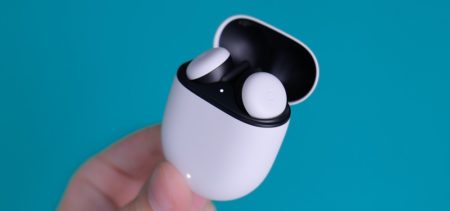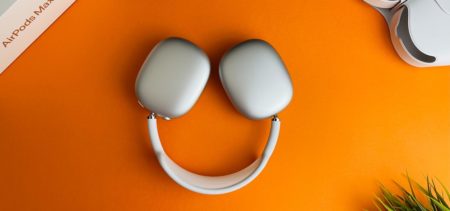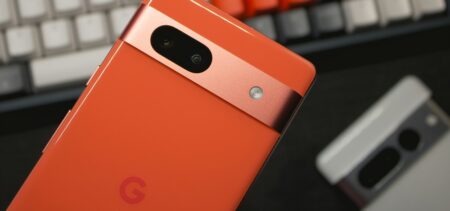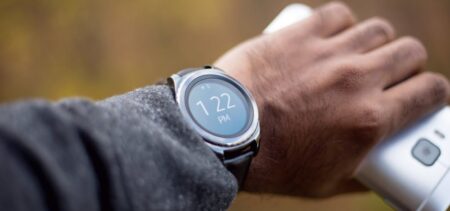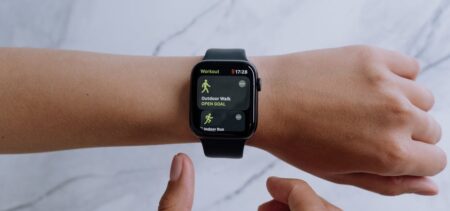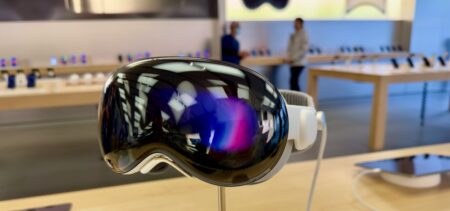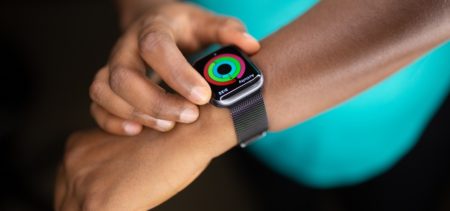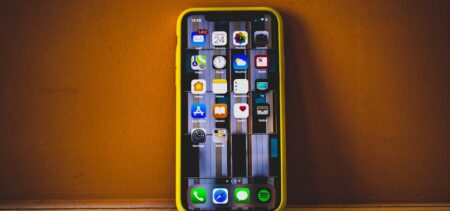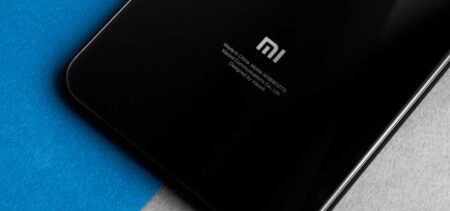When all is well and quiet on the tech front, internet spotters look for promising patents. In an attempt of being the first ones to announce future technologies, publishers often check what companies have registered lately. One of the possible directions to go towards seems to be smart contact lenses. Or, in short, smart lenses.
Who found out? Well, Venture Beat put two and two together and noticed that both Samsung and Google dabble in the smart lenses business. Google’s project involves glucose-sensing smart contact lenses. Meanwhile, Samsung patented in Spring 2016 built-in camera smart lenses.
Does this future trend sound exciting to you or not? It may be that you have already noticed in sci-fi movies law enforcement officers wearing this next-gen technology. Images projected straight on the retina, surrounded by analytics, helping humans to faster assimilate and process information…
Why would smart lenses represent an improvement?
So far, we have the Google Glass (later Project Aura), as well as the VR commercially available headsets. Apple is still considering whether to expand into the smart glasses or not. Here is a a related update from Bloomberg.
While Google Glass remained somehow suspended in-between its lack of success and the attempt to re-invent itself, the VR headsets are on an ascending slope.
Nevertheless, all head-mounted displays strive to resolve the comfort issue. It is uncomfortable to wear any type of head-gear for hours in a row. Therefore, it is only logical that the way contact lenses alleviated the discomforts caused by glassed, smart lenses could take over and make all VR gear more comfortable.
What is yet unknown on visual gadgets
When aiming for futuristic gadgets, technical challenges are just one side of the matter. Beside feasibility considerations, the effects of virtual reality when constantly employed by humans are yet to be seen.
Due to the fact that immersive tech is yet at the beginning, the array of reactions and the variation in specifications are still missing. What happens to various types of people when employing VR? How does our reality perception change, what are the limits? These questions have yet uncertain answers, and many others may well follow.
Some of these experience are completely new for the human brain. The boundaries of perception may be stretched to yet unknown limits. Reports of panic attacks have been mentioned in the media.
Of course, these aforementioned (and concerning) issues have been massively and rapidly overshadowed by the exploratory usage of VR gadgets in treating panic attacks. VR development is on a cusp and it is perhaps not the moment for precaution. Various renowned figures speak of new technologies’ mass-adoption in the nearby future. The disorienting and unpredictable effect of virtual experiences is less approached for the moment.
Nevertheless, on a physical level, replacing head-mounted displays with tiny, adaptive comprehensive lens displays would represent a breakthrough.
Entertainment or healthcare?
As you may have noticed, the two patents involving smart lenses illustrate the dual use of such technology. Google takes a medical-prone approach and puts wind in its sails with the perspective of helping diabetes patients manage their affection more easily.
Samsung just takes “another step into science fiction”. It’s up to the tech passionate and their imagination to figure out what future tech revolutions could come out of AR-lenses. That is Augmented Reality, as it is more likely to assume it will prevail over Virtual Reality. Let’s see why. The primary use of lenses is to see through them. When combining this with displaying data on the upgraded, next-gen lenses, it will clearly be a case of AR. Of course, things can go further, as we ourselves mentioned above. Why use goggles to immerse in VR experiences, when you could jut set your lenses into VR mode?
But we’re getting ahead of ourselves here. Although medical use is the most noble of the two, similar innovations have turned into commercial products before. The cause for this lays in the degree of accuracy needed by medical science in order to allow somebody’s health and perhaps life to depend on a gadget. Whenever a new device is just not reliable enough, it gets reoriented towards commercial use. Or towards entertainment purposes, if you like.
Therefore, out of the two, the less-specific, less oriented patent might be the most viable. It is a skeptical point of view. Not an obtuse one, since we are all curious to see the developments in the case of smart lenses. And many people would salute their health-oriented applications, if and when they will roll out.
The smart lenses complementary concept
While we might soon experience humans seeing things as computers do, due to smart lenses, the exact same opposite is making its way into technology. In the effort to make Artificial Intelligence more complex and autonomous, researchers are trying to give computers human vision.
If yet unclear, just check TechCrunch’s detailed description of what specialists try to implement in machine learning. Computer vision, as they call it, might be still in its nascent phase, but science is confident it will get there. Someday, the expression “somebody’s watching you” could get a whole new meaning.



